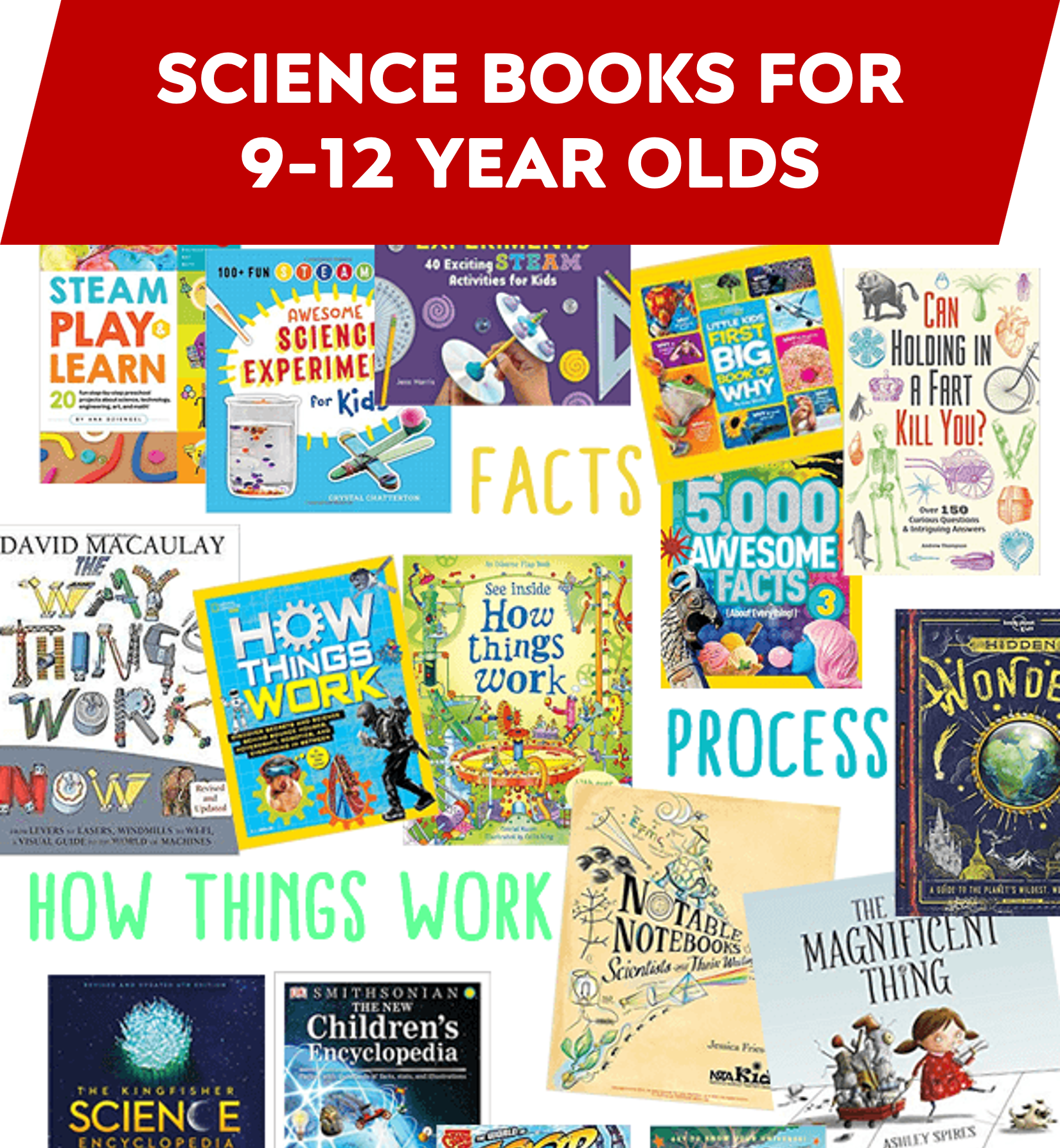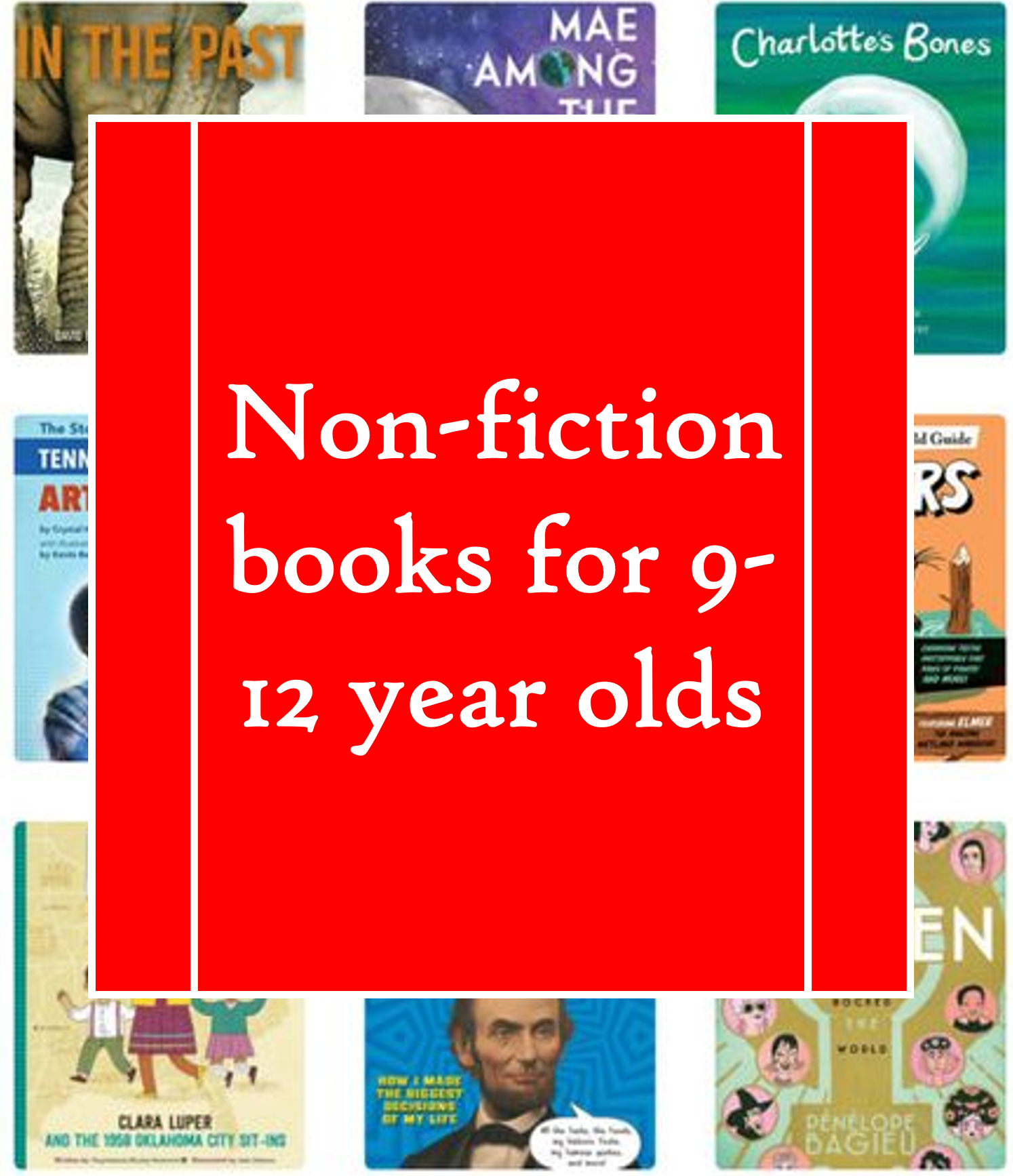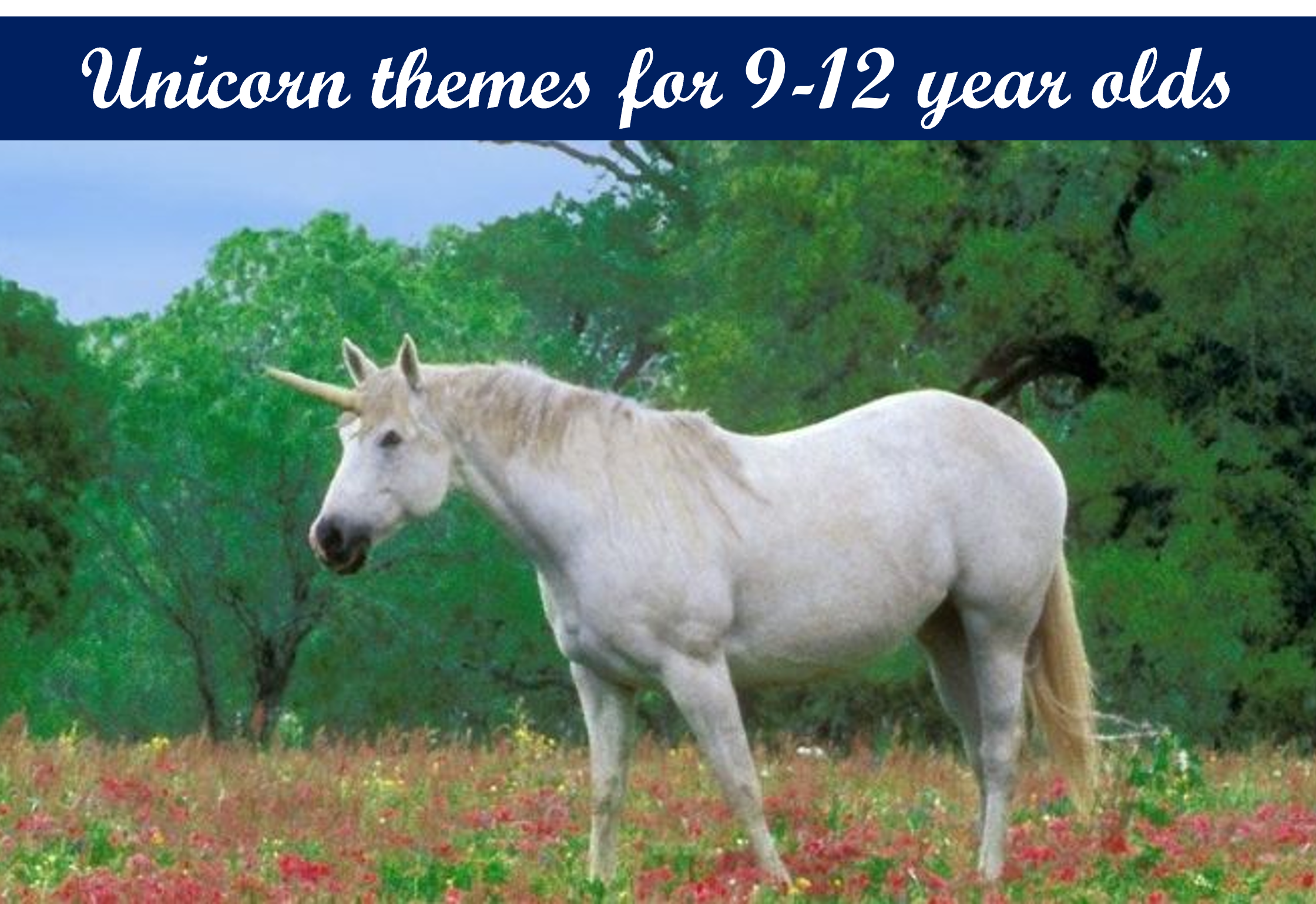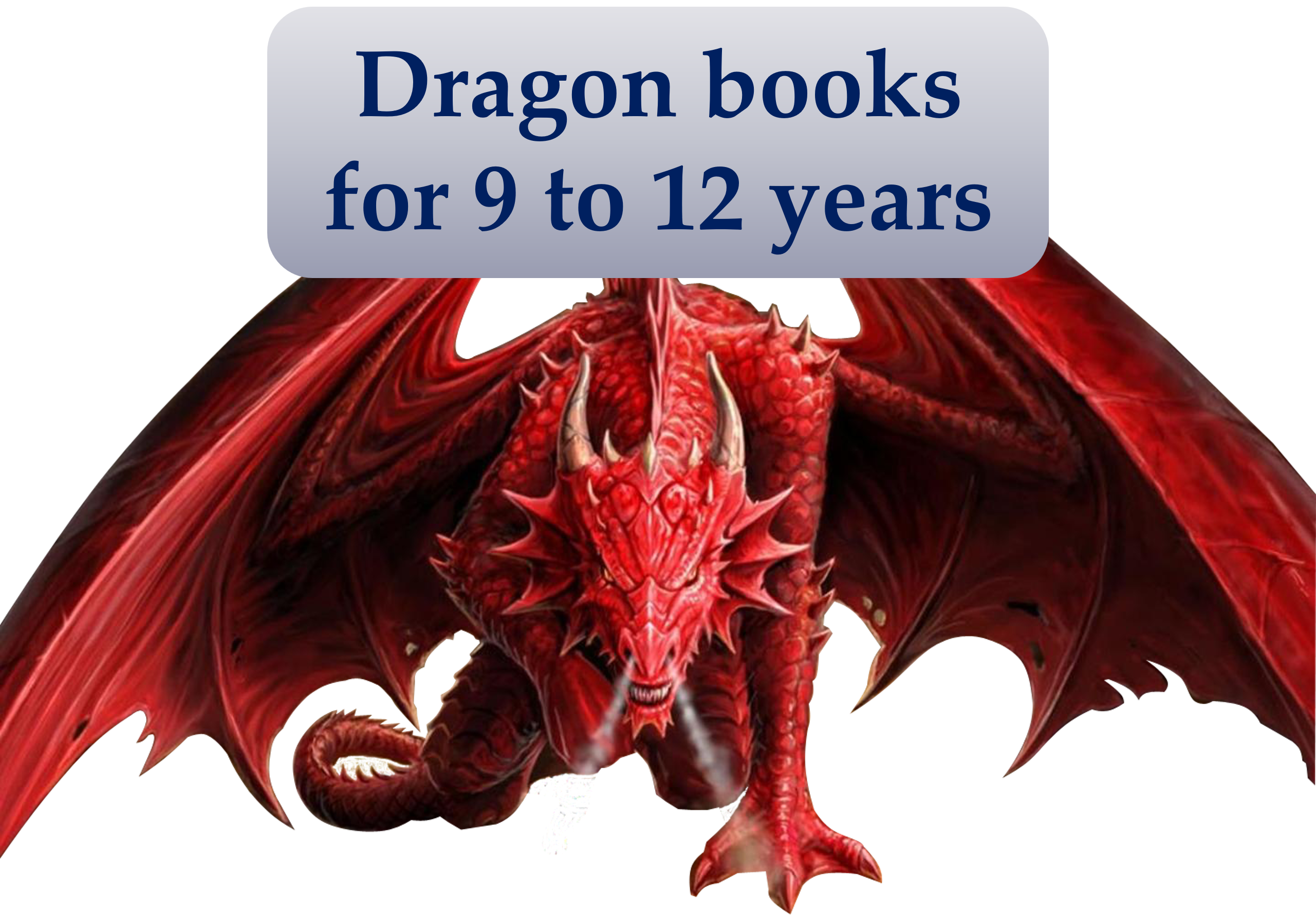
Embarking on a literary journey tailored for inquisitive young minds, this curated list of science books for 9-12 year olds unfolds the pages of 15 remarkable books, each a beacon illuminating the fascinating intersection of science and storytelling. These titles, ranging from timeless classics to contemporary gems, serve as inviting portals to the enchanting realms of scientific discovery. From timeless classics that have stood the test of generations to contemporary gems that speak to the curiosity of today’s youth, each book serves as a gateway to discovery and understanding.
- “The Magic School Bus” Series by Joanna Cole and Bruce Degen (Published: 1986-2010)
- Dive into the captivating world of science adventures with Ms. Frizzle and her students in the timeless “The Magic School Bus” series. Spanning from 1986 to 2010, Joanna Cole and Bruce Degen’s creation takes young readers on educational journeys, exploring everything from the human body to outer space in an engaging and entertaining manner.
- “Ada Twist, Scientist” by Andrea Beaty and David Roberts (Published: 2016)
- Andrea Beaty and David Roberts collaborate to bring us “Ada Twist, Scientist,” a delightful picture book published in 2016. Celebrating curiosity and the scientific spirit, the story follows Ada Twist, a young girl with an insatiable desire to understand the world around her. Charming illustrations and a compelling narrative make this book an inspiring read for budding scientists.
- “The Usborne Big Book of Experiments” by Alastair Smith and Judy Tatchell (Published: 1996)
- Alastair Smith and Judy Tatchell’s “The Usborne Big Book of Experiments” is a hands-on guide published in 1996 that sparks the curiosity of young scientists. Filled with exciting experiments covering various scientific concepts, this book encourages kids to explore and learn through interactive activities, making science a fun and accessible adventure.
- “The Everything Kids’ Science Experiments Book” by Tom Robinson (Published: 2001)
- Published in 2001, Tom Robinson’s “The Everything Kids’ Science Experiments Book” is a comprehensive collection of engaging experiments designed for kids aged 8-12. Transforming learning into hands-on activities, the book covers a range of scientific concepts, making science both entertaining and educational for young minds.
- “The Science Book” by DK (Published: 2014)
- DK’s “The Science Book,” published in 2014, offers a visually stunning journey through the history of scientific discovery. With captivating images and clear explanations, this reference book introduces young readers to key scientific concepts, from physics to biology, fostering a love for learning about the wonders of the natural world.
- “National Geographic Kids: Ultimate Weird but True” (Published: 2009)
- The “Ultimate Weird but True” series by National Geographic Kids, first published in 2009, is a fascinating compilation of bizarre and surprising facts about the natural world. With captivating visuals and quirky details, this book engages young readers in the wonders of science, encouraging them to explore the extraordinary aspects of our planet.
- “I Am Neil Armstrong” by Brad Meltzer (Published: 2018)
- “I Am Neil Armstrong,” part of the “Ordinary People Change the World” series by Brad Meltzer, was published in 2018. This picture book introduces young readers to the life and achievements of astronaut Neil Armstrong, taking them on a journey to the moon and inspiring a sense of curiosity about space exploration.
From the iconic “Magic School Bus” series, where Ms. Frizzle’s whimsical expeditions transform educational concepts into thrilling escapades, to Andrea Beaty and David Roberts’ “Ada Twist, Scientist,” a picture book that delicately balances inspiration with simplicity, each selection is a testament to the power of literature in fostering a love for science.
- “Rosie Revere, Engineer” by Andrea Beaty and David Roberts (Published: 2013)
- Andrea Beaty and David Roberts’ “Rosie Revere, Engineer,” published in 2013, is a delightful story that encourages creativity and problem-solving. Through the character of Rosie, the book inspires young readers, especially girls, to pursue their dreams in STEM fields and showcases the power of perseverance in the face of challenges.
- “The Boy Who Harnessed the Wind” by William Kamkwamba and Bryan Mealer (Published: 2009)
- Published in 2009, “The Boy Who Harnessed the Wind” tells the true story of William Kamkwamba, a young boy in Malawi who, against all odds, builds a windmill to bring electricity to his village. Co-authored with Bryan Mealer, this inspiring book emphasizes the transformative impact of science and determination.
- “The Science of Breakable Things” by Tae Keller (Published: 2018)
- Tae Keller’s “The Science of Breakable Things,” published in 2018, is a heartwarming novel that explores themes of love, loss, and the wonders of science. The story follows a young girl as she navigates the challenges of life through the lens of scientific inquiry, demonstrating how curiosity can be a powerful tool for understanding the world.
- “Hidden Figures: The True Story of Four Black Women and the Space Race” by Margot Lee Shetterly and Laura Freeman (Published: 2018)
- The picture book adaptation of Margot Lee Shetterly’s “Hidden Figures,” published in 2018, introduces young readers to the inspiring true story of four African American women mathematicians who played pivotal roles at NASA during the space race. With vibrant illustrations by Laura Freeman, the book celebrates diversity in STEM fields.
- “The Astronaut Who Painted the Moon: The True Story of Alan Bean” by Dean Robbins and Sean Rubin (Published: 2019)
- Published in 2019, “The Astronaut Who Painted the Moon” by Dean Robbins and Sean Rubin is a captivating biography that introduces kids to astronaut and artist Alan Bean. Through engaging storytelling and illustrations, the book highlights Bean’s unique journey, emphasizing the connection between science and art.
- “Women in Science: 50 Fearless Pioneers Who Changed the World” by Rachel Ignotofsky (Published: 2016)
- Rachel Ignotofsky’s “Women in Science,” published in 2016, is an illustrated collection profiling 50 women who made significant contributions to various scientific fields. Through engaging narratives and vibrant artwork, the book celebrates the achievements of women scientists throughout history, inspiring young readers to pursue their scientific passions.
- “George’s Secret Key to the Universe” by Lucy Hawking and Stephen Hawking (Published: 2007)
- Co-authored by Lucy Hawking and renowned physicist Stephen Hawking, “George’s Secret Key to the Universe” was published in 2007. This fictional adventure combines science and storytelling, taking young readers on a journey through space and time, exploring fundamental concepts in physics in an accessible and entertaining way.
- “The Way Things Work Now” by David Macaulay (Published: 2016)
- David Macaulay’s “The Way Things Work Now,” published in 2016, is a classic guide that explains the inner workings of various machines and gadgets with detailed illustrations. Covering a wide range of topics, this book makes complex scientific concepts accessible to young readers, fostering a curiosity about the mechanics of the world around them.






